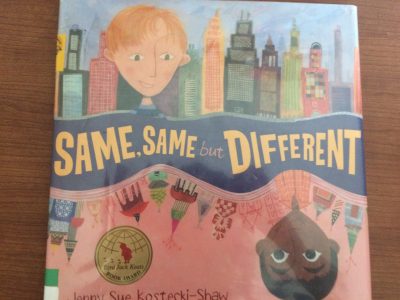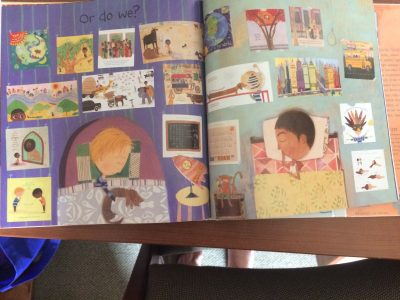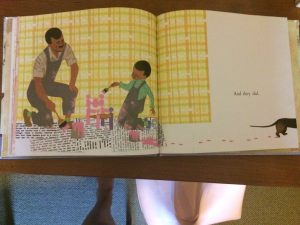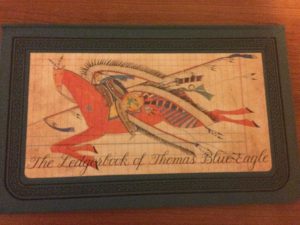Author: George Shannon
Illustrator: Blanca Gomez
Publisher: Frances Foster Books, 2015
Length: 24 pages
Genre: Realistic fiction
Analysis:
One Family is a book which, at first, seems like a simple counting book. But it is so much more than that. While it contains information in it which could help young children learn how to count to ten, it also displays a message which is just as important: diversity is beautiful. Ideologically, this book is brilliant. It nonchalantly depicts families of multicultural backgrounds as it helps prove that no matter what we look like, we are all the same.
The illustrator uses the pretty basic text and brings it to life by using codes which shed light on this important message. One example of such rendering is how he depicts the people. He illustrates each individual person as being quite round, and compliments this by using round shapes in the backgrounds and for objects. Typically, roundness hints that the people in this world are more secure. In this case, the roundness helps portray the idea that having families with different colored parents and neighbors who are different colors is perfectly normal. On top of this, round shapes convey a sense of wholesomeness. By using round shapes, the illustrator allows the audience to feel like these families are complete, despite looking different from each other.
In this book, the illustrations’ purpose is to expand the text into a truly meaningful piece. The text on its own is merely a cute counting story. The illustrations allow this book to become a door for children. Kids who read this book are therefore exposed to literature which represent different ethnicities besides Caucasian. For kids who grow up in a multiethnic family, this book could be very powerful and allow them to relate to it. Even if they don’t particularly this deeper message, subconsciously they will notice this difference in how the skin color is illustrated and be able to create a natural framework that it’s normal for people to be from different places and be different colors. This book is a door because it can change the way kids think about and visualize families.
Although this book is pretty basic, the illustrations make it profound. By exposing children at such a young age to the idea that everyone is beautiful and important, no matter the skin color, this book sets up kids for a life filled with open mindedness.

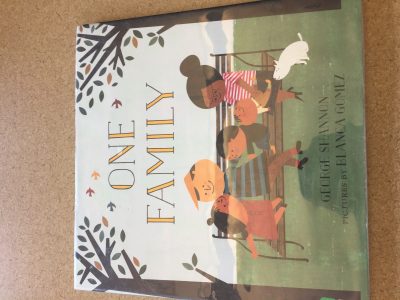

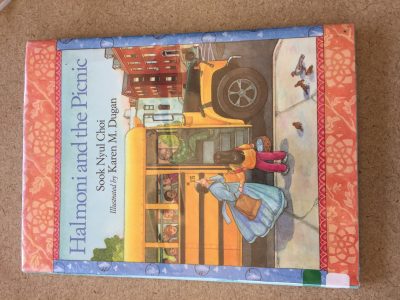
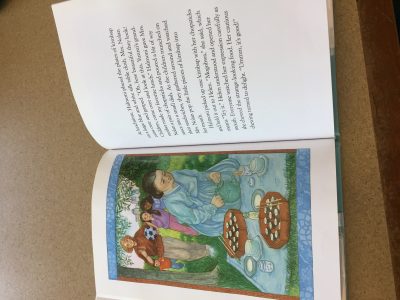
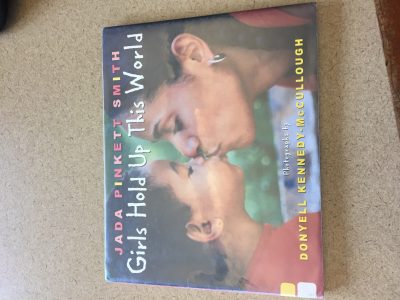
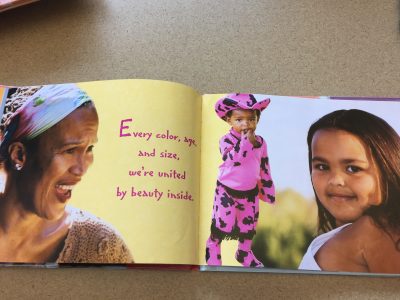


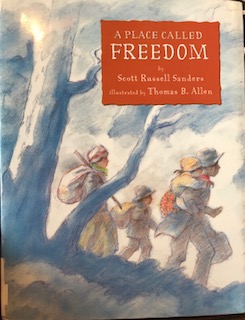
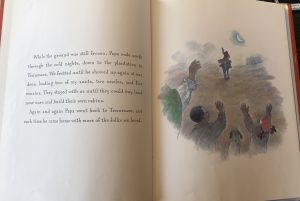 issue of power and culture through the times of slavery. It shows the transformation of slaves moving towards freedom, but depicts the social issues of being enslaved. This book shares the story of families starting a new life, but allows young children to understand the struggles and wrongdoing of slavery.
issue of power and culture through the times of slavery. It shows the transformation of slaves moving towards freedom, but depicts the social issues of being enslaved. This book shares the story of families starting a new life, but allows young children to understand the struggles and wrongdoing of slavery.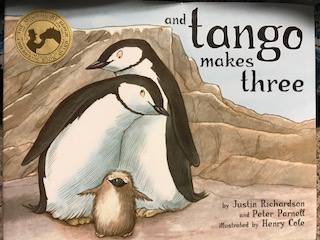
 images, but the illustrations softly disappear to the white background. The images show great texture of the penguins and have detail that allows the reader to feel like they are looking into a window of their lives.
images, but the illustrations softly disappear to the white background. The images show great texture of the penguins and have detail that allows the reader to feel like they are looking into a window of their lives.  Title:
Title:  window of the past. The colors used throughout the book are very soothing and give a feeling of calmness to the reader. The use of light browns and yellows, blue, and soft mellow colors connect to the time period of the building of the transcontinental railroad.
window of the past. The colors used throughout the book are very soothing and give a feeling of calmness to the reader. The use of light browns and yellows, blue, and soft mellow colors connect to the time period of the building of the transcontinental railroad. 